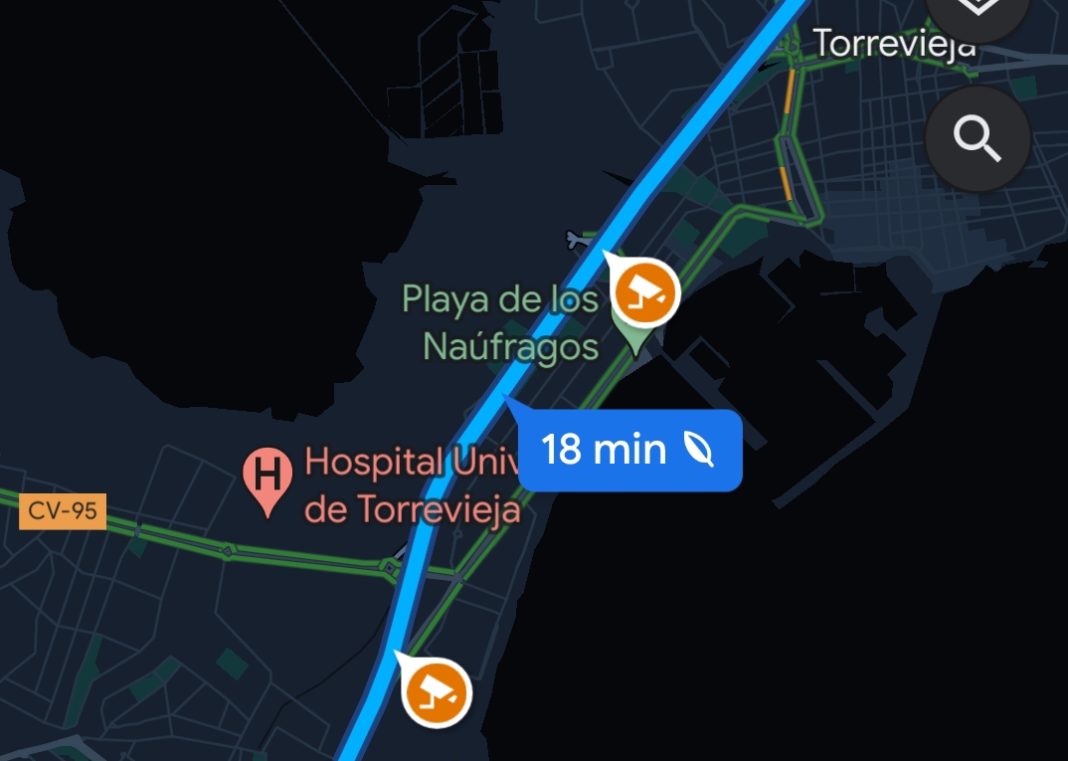Although devices that detect notify you of speed radars and the presence of the security bodies are prohibited, with hefty fines for just owning such a device, there are ways that you can be informed of certain speed cameras, which therefore allows you to avoid getting caught out.
Firstly, we need to explain that although that opening paragraph might seem contradictory, it is factually accurate, because there is a difference in what we are talking about. The “detectors” notify you of both fixed and mobile speed detectors. The notification of the mobile speed detectors is prohibited. As for the fixed camera and radar network, the DGT traffic authority actually WANTS you to know where they are.
The reason is simple. Fixed cameras and radars are always installed in areas which are prone to incidents, what we might call “black spots”, and so as much as they are capable of enforcement through fines, for a large part, they are installed to serve as a deterrent. To slow vehicles down to within the permitted limits of the roads, so as to avoid the risky behaviour which the areas have previously experienced.
The DGT has 780 fixed speed control radars, of which 92 are section ones (such as in the tunnel near Alicante, for example), and 545 mobile radars on board vehicles, as well as more than a dozen Pegasus helicopter radars. The location of the fixed network is public, and you can even see their locations on the DGT website, whilst the mobile radars change constantly and are not usually announced.
Several apps on the market will tell you where the fixed radars are located. Google Maps is the most widespread, but there are also others, some which work in the background. Be careful though, because sharing the location of a traffic control is also illegal, and some of these apps facilitate this.
To begin with, we must have the latest version of the Google Maps application installed. Then we will open the app and click on the profile picture on the top right. In “Settings” we will enter “Navigation Settings” (towards the bottom of the menu). There, within “Driving options” we will activate the “Speed limits” and “Speedometer” options. Then go back to the map.
You may need to activate the “traffic” layer in the app. In that case, we will press the layers button, which looks like a diamond, located in the upper right corner. In the “Details” menu select “Traffic”. This will activate the layer that will inform you of each radar found on your route, and will also show you the traffic conditions on the map, including congestion and incidents.
Finally, you are permitted to use mapping devices on your mobile whilst driving, but the device must be fixed securely and safely to the vehicle, and you must not touch the device when driving. Stop your vehicle if you need to change anything.
The post How to Avoid Getting Caught by Speed Cameras first appeared on N332.es – Driving In Spain.





